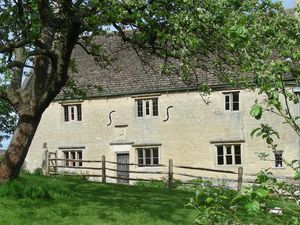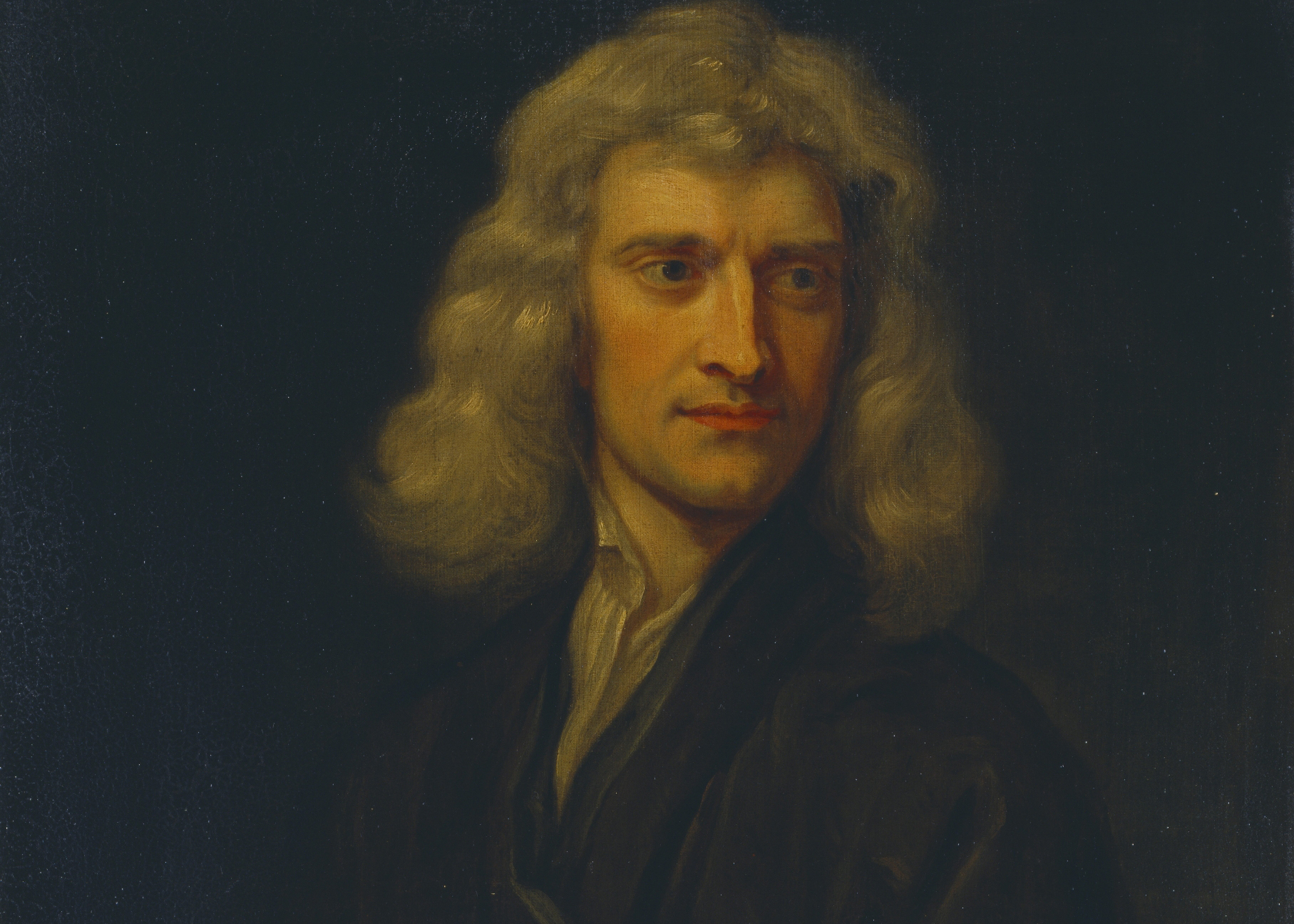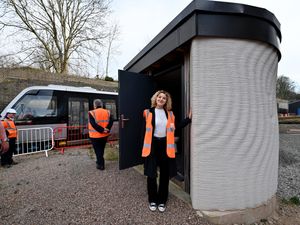Scientists uncover hidden windmill drawing at Sir Isaac Newton’s childhood home
The etching was found next to the fireplace at Woolsthorpe Manor.

A drawing thought to have been hand-carved by Sir Isaac Newton around 350 years ago has been discovered on a wall at his childhood home.
The etching, believed to be a windmill, was found next to the fireplace in the downstairs hall at Woolsthorpe Manor in Lincolnshire.
The famous scientist was born at the house in 1642 and later returned to live there in 1665.
Newton is thought to have performed his famous prism experiment at Woolsthorpe, where he split the sun’s rays using the glass object to prove white light isn’t colourless but is made up of a “spectrum” of colours.

Researchers from Nottingham Trent University (NTU) used Reflectance Transformation Imaging (RTI) – a technique that uses light to map out the shape and colour of a surface hidden from the naked eye – to uncover the carvings.
Chris Pickup, who led the survey, said: “It’s amazing to be using light, which Newton understood better than anyone before him, to discover more about his time at Woolsthorpe.

The scratched image, thought to have been inspired by the building of a mill nearby during Newton’s childhood, is not the first to be discovered at the National Trust-owned property.
Several sketches, thought to be his, had previously been uncovered in the 1920s and 30s under old wallpaper.
Jim Grevatte, one of the managers at Woolsthorpe Manor, said: “The young Newton was fascinated by mechanical objects and the forces that made them work.

“This discovery could be just the tip of the iceberg in terms of the drawings waiting to be uncovered, and it’s fitting that we’re using cutting-edge science inspired by Newton’s work to reveal more about his childhood and his thinking.”
The windmill carving will form part of an exhibition running at the house until February.





